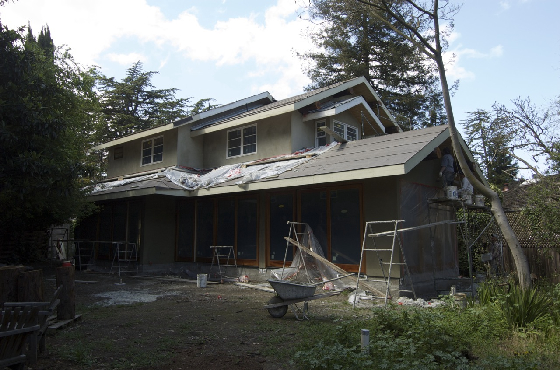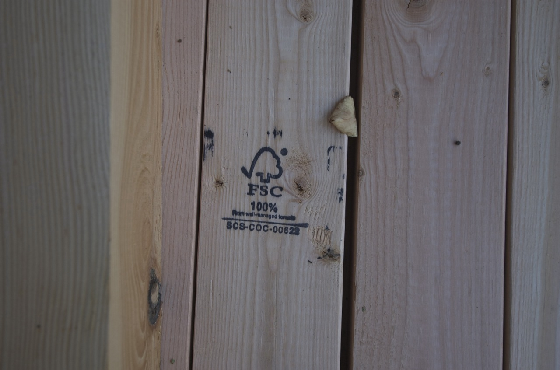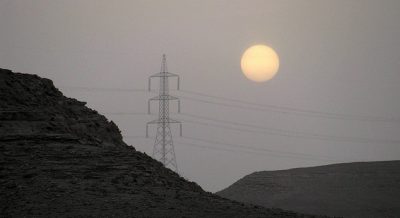 By taking into account embodied energy, Catherine and her husband half the energy required to build their home.
By taking into account embodied energy, Catherine and her husband half the energy required to build their home.
In her recent Ted talk, Catherine Mohr encourages us to look at the bigger picture when discussing and analyzing green stories. Whether we weigh the benefits of a LEED certified project against the energy required to ship its raw materials, or evaluate the true sustainability of certain clothing, it is important to take into account the project or item’s embodied energy. Maybe there are some lessons to be learned here for people looking to build in the Middle East?
What is embodied energy?
According to the University of Bath, embodied energy is the “energy required by all of the activities associated with a production process, including the relative proportions consumed in all activities.” Catherine demonstrates the embodied energy of the paper towel versus the cloth towel. Most conscientious people consider the paper towel to be the greater of two evils, but by the time the cloth towel makes it through the washing machine, we realize that actually it is more energy intensive overall.
Who on Earth is Catherine Mohr?
Before pausing her engineering career to take up medicine, Catherine helped to develop high-altitude aircraft and alternative-energy vehicles. Then she designed LapCap, which allows her to perform laparoscopic surgeries robotically, thereby increasing the efficiency and safety of certain procedures. But this is a post about building green houses, not green robots. For this counsel, we look to Catherine the homebuilder, a self-described geek who criticizes the daily feed of green advice for being “long on morality and short on data.”
The Geek House
Catherine and her husband decided to build a home. They found a house on a lot on the US West Coast, deconstructed rather than demolished it, thereby salvaging some materials, and then built with keen attention to embodied energy. They installed a rainwater catchment tank, a passive solar foundation using fly ash to reduce the energy embodiment by 25%, framed with FSC certified lumber, installed wood rather than aluminum windows, which would have doubled energy use, and sprayed in cellulose, blue jeans, and rice straw bale for insulation. For a more exhaustive description of materials used and energy saved, click here for their blog.
But here is what it all boils down to: usually a home requires approximately 303MW to build, while Catherine and her husband built with 151MW. And if they had upgraded rather than deconstruct the existing house? She says it would have taken 14 extra years to recoup the energy put into construction. Finally, if they hadn’t taken embodied energy into account at all, it would have taken 50 years.
Functional Art
The wonderful thing about Catherine is that she doesn’t hide her guilty pleasures. On her blog she discusses her addiction to beautiful wood, and the conflict the couple faced while choosing it. In the end, she chose Honduran Mohagany for her doors, which she later learned is an endangered wood species. Her honesty highlights the dilemma that we face worldwide: while scrambling to clean up our climatic mess, how much are we willing to sacrifice for posterity?
For more information on calculating embodied energy, go to this site: http://www.bath.ac.uk/mecheng/sert/embodied/
More on Practical Green Builders:
Tareq Emtairah’s Practical Eco-House in Aqaba, Jordan
Architect Cameron Sinclair Gives a Damn
Hassan Fathy is The Middle East’s Father of Sustainable Architecture





Yes, I guess we have to find a balance. As far as energy is concerned, why not using it if it's environmentally friendly and it cost nothing to us. I just came across this perpetual motion energy system that needs no energy to run and it's friendly to the environment. Here is the link if you want to find out more abut it. http://www.squidoo.com/homemadegeneratorguide